 When going through one’s fitness journey, there are often times when working out becomes repetitive and boring. When that feeling of monotony starts to take place it’s generally a good idea to find a way to spice up your training. You can do so by varying your intensities during training, which in many cases is a great idea. But another way to add some variety to your training is by simply substituting movements in on a cyclical basis. Let’s discuss why this is helpful and then talk about some ways to change up your routine.
When going through one’s fitness journey, there are often times when working out becomes repetitive and boring. When that feeling of monotony starts to take place it’s generally a good idea to find a way to spice up your training. You can do so by varying your intensities during training, which in many cases is a great idea. But another way to add some variety to your training is by simply substituting movements in on a cyclical basis. Let’s discuss why this is helpful and then talk about some ways to change up your routine.
Why would it be helpful to change your routine? Well in terms of preventing overuse injuries, it’s one of the easiest ways to prevent them.1 This can be from a perspective of not just doing one modality of exercise, such as sticking to just running or cycling for cardio, or from a perspective of doing a similar exercise for over a period of weeks and months. Another benefit to changing up your routine, and specifically the exercises being utilized, is that it can help optimize training for strength and hypertrophy.2 In terms of hypertrophy this change of exercise may provide a novel stimulus which can induce greater change in hypertrophy. In terms of building or producing strength, changing exercise selection while keeping intensity the same was shown to be more efficient than keeping the exercises the same or varying both the exercises and the intensity.3 Of course this has its caveats for both hypertrophy and strength, such as a redundancy if there’s an excess of variability in exercise selection.2
So now that you know the why, how are some ways to go about changing your routine? There are some simple but effective ways you change up your exercise selection without going too drastic with the changes.
- Change the angle or range of motion of the movement: An effective way of changing the exercise without doing a completely new movement. For angle, think of it in terms of a chest press. You could either press completely horizontally or you could press it at an incline or a decline. The movement is different in a stimulus sense, but not completely foreign where your new to it. For range of motion, a good example could be a deadlift. Either you could pull it from the floor, you could stand on a platform and have the bar be lower than normal (decreasing ROM), or you could place the bar on pins/platforms (increasing ROM).
- Use a different tool: Another easy way to do the same exercise but also changing up is by using different equipment for the same movement. Think of it in terms of using a barbell or a set of dumbbells for set of shoulder presses. The movement is identical, but the stress placed on the joints and muscles would differ.
- Use accommodating resistance: Accommodating resistance, also referred to as Variable – Resistance, is when you use the addition of other equipment such as chains or resistance bands to affect the strength curve of a lift.


 The first thing you want to do before building a workout plan is to start with the end in mind, what is your goal? Are you looking to lose weight, get stronger, increase flexibility, run a 5k? Once you figure out why you want to exercise it becomes easier to plan how frequency, duration, and what exercises you should do.
The first thing you want to do before building a workout plan is to start with the end in mind, what is your goal? Are you looking to lose weight, get stronger, increase flexibility, run a 5k? Once you figure out why you want to exercise it becomes easier to plan how frequency, duration, and what exercises you should do.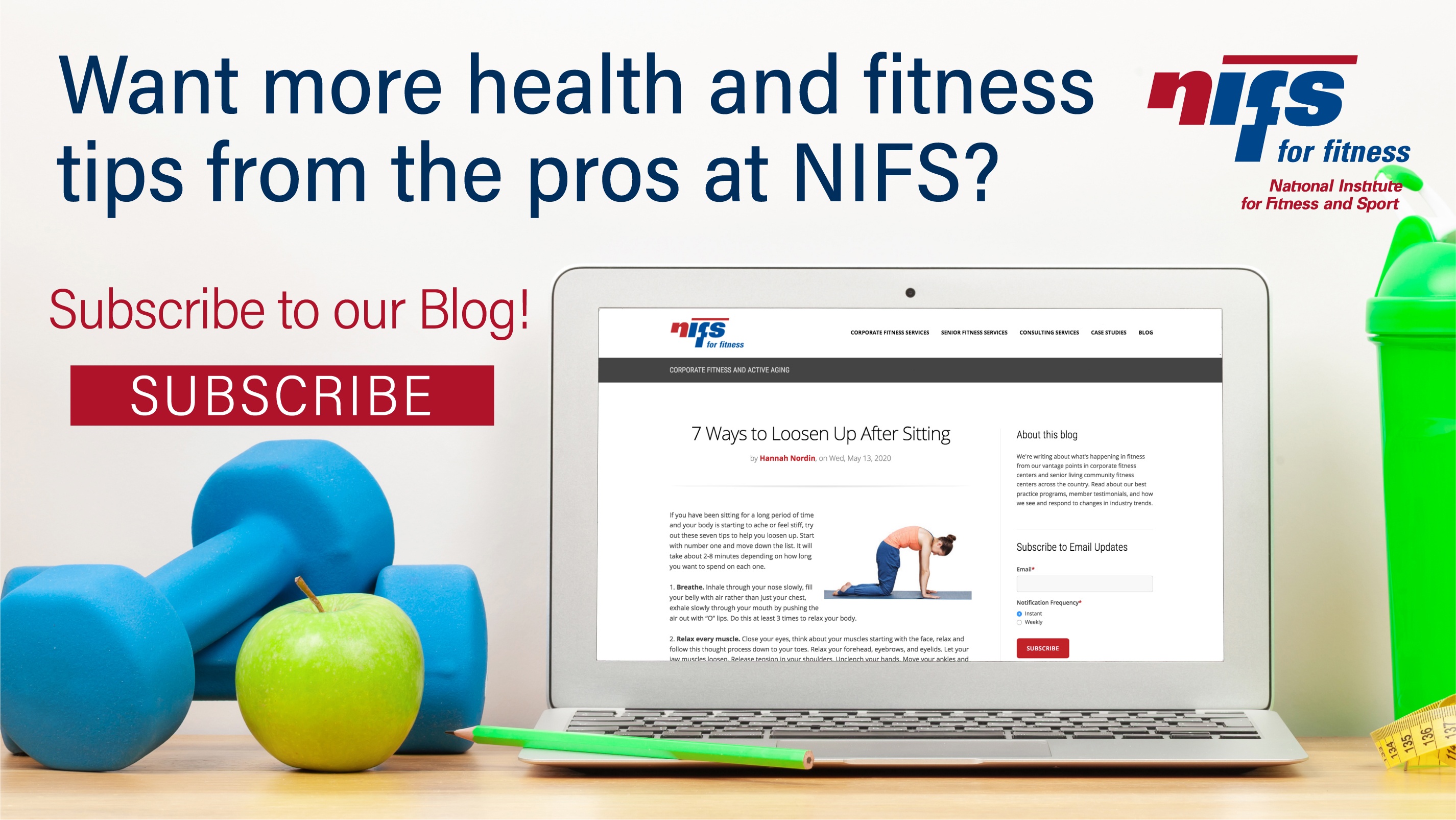
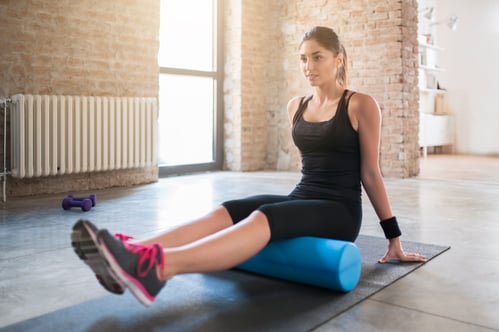 Before social distancing was a phrase many of us had heard of, online workouts had been gaining in popularity as a home-based fitness solution for a number of years. In fact, it was anticipated that it would
Before social distancing was a phrase many of us had heard of, online workouts had been gaining in popularity as a home-based fitness solution for a number of years. In fact, it was anticipated that it would 
.jpg?width=438&name=Lung%20health%20GettyImages-961715338%20(1).jpg) COPD (Chronic Obstructive Pulmonary Disease) is a disease that makes it hard to breathe and, according to the
COPD (Chronic Obstructive Pulmonary Disease) is a disease that makes it hard to breathe and, according to the 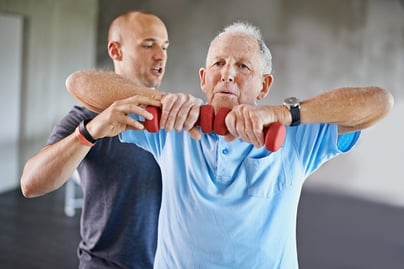 Resident wellness programs have been on the rise in senior living as consumers demand more robust and holistic options for living well. Despite the market's increasing infatuation with branding and labeling wellness in the community setting, I think the industry has a lot of room to continue to grow so that we're building programs, services, staffing, and amenities in a way to facilitate residents' desires to live well. Following are some common pitfalls that result in dated or stunted wellness programs, along with ideas for how to evolve past those sticking points.
Resident wellness programs have been on the rise in senior living as consumers demand more robust and holistic options for living well. Despite the market's increasing infatuation with branding and labeling wellness in the community setting, I think the industry has a lot of room to continue to grow so that we're building programs, services, staffing, and amenities in a way to facilitate residents' desires to live well. Following are some common pitfalls that result in dated or stunted wellness programs, along with ideas for how to evolve past those sticking points.
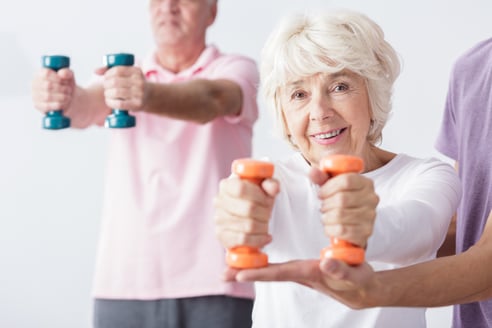 The benefits of regular activity for individuals throughout their lifespan is clear through the many (many, many) studies that outline how much movement is enough and which elements of health are improved with activity. However, despite the research, people in the U.S. still simply don't get enough activity to sustain health benefits, and
The benefits of regular activity for individuals throughout their lifespan is clear through the many (many, many) studies that outline how much movement is enough and which elements of health are improved with activity. However, despite the research, people in the U.S. still simply don't get enough activity to sustain health benefits, and 

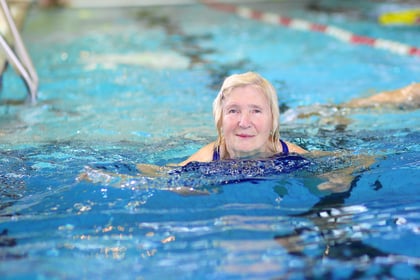 I got a call from a resident of a senior living community the other day. She told me that she’d been thinking about how her community could do better with the exercise program it offers. She saw a lot of potential to build on already successful offerings, and she’d been working with a resident team on this idea. Over the last several weeks, she’d been all over our website and decided it was time to talk about how we might be able to support her team’s goal to report on options to improve the community’s exercise program.
I got a call from a resident of a senior living community the other day. She told me that she’d been thinking about how her community could do better with the exercise program it offers. She saw a lot of potential to build on already successful offerings, and she’d been working with a resident team on this idea. Over the last several weeks, she’d been all over our website and decided it was time to talk about how we might be able to support her team’s goal to report on options to improve the community’s exercise program. 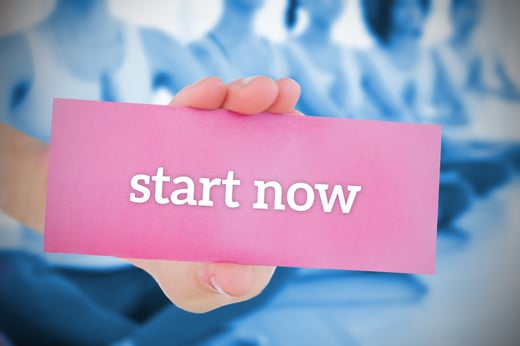 You know you want and need to have a regular plan for your exercise, but where do you begin to
You know you want and need to have a regular plan for your exercise, but where do you begin to